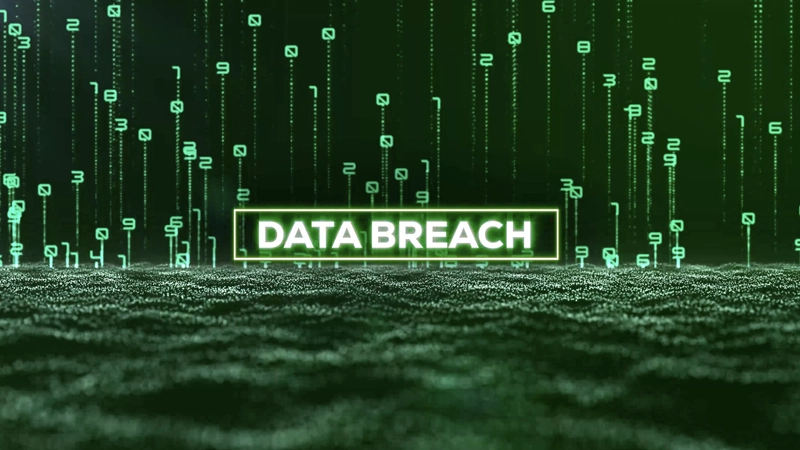Why Your Business Needs Dynamic Masking

While the foundation of cybersecurity is to protect data from cyber threats, data protection is far more nuanced than an “all or nothing” approach: Organizations still need sensitive data to be accessible. In fact, sometimes data needs to be revealed in part or in whole depending on who is doing the accessing, when, and why. One employee in human resources, for example, may need access to full Social Security numbers to run background checks. But someone else in the same department may only need the last four digits in order to verify an employee’s identity to make changes to their benefits.
In this case—and many others like it—organizations need granular control of data access rights in order to maintain compliance. They need dynamic masking.
What’s Different About Dynamic Masking?
Unlike static data masking, which permanently replaces sensitive data, dynamic masking only replaces data as it is delivered to the user, leaving the original stored data intact and unaltered. This allows administrators to determine which data is masked when and for what purpose, servicing the needs of ever human and application consumer of the data. Dynamic masking significantly reduces security and non-compliance risks since users without specified privileges will only be able to view anonymized data. And masking data in real time as it is queried for use—and only masking the particular data queried for use—can increase both speed and agility in doing business as sharing data safely becomes so much easier.
Why Does It Need to Be Dynamic?
Sensitive data shows up in many places and ways. If any of these use cases are relevant to your business, you might want to think about incorporating in-flight on-demand dynamic masking that only reveals information on a need-to-know basis.
Human Resources
HR departments are a treasure trove of sensitive information not only on past and present employees and in some cases, their partners and dependents, but also on anyone who has ever applied for a job at the company. Dynamic masking can occlude specific types of information from different individuals on the HR team to prevent unauthorized access and protect employee and applicant privacy.
Payment Processing
PCI DSS mandates that cardholder data be protected by any organization that stores, manages, or transmits payment information. Dynamic masking ensures that sensitive information is obfuscated when accessed by users whose role doesn’t require access to credit card numbers, while leaving the original data intact on the database for applications that require the actual data to process payments.
These are only a few examples of how dynamic masking can leverage sensitive and private information for use with full protection on demand, while leaving the original data untouched.
Dynamically Mask Data with Help from PKWARE
At PKWARE, we recognize that sensitive data needs to be protected, but also that selected users and applications need to be able to access, use, and share sensitive information. Which means building an option for protecting data that affords users the ability to do it all: protect, manage access, use, share, and control.
Our newest data protection solution, PK Dynamic Masking, empowers organizations to easily enforce complex data access policies that limit the exposure of sensitive data while ensuring mission critical applications that require access to actual production data operate as designed with no impact to the end user.
Easily protect data for use within multiple business functions by a variety of users with PK Dynamic Masking. Request your free demo now to see it in action.













